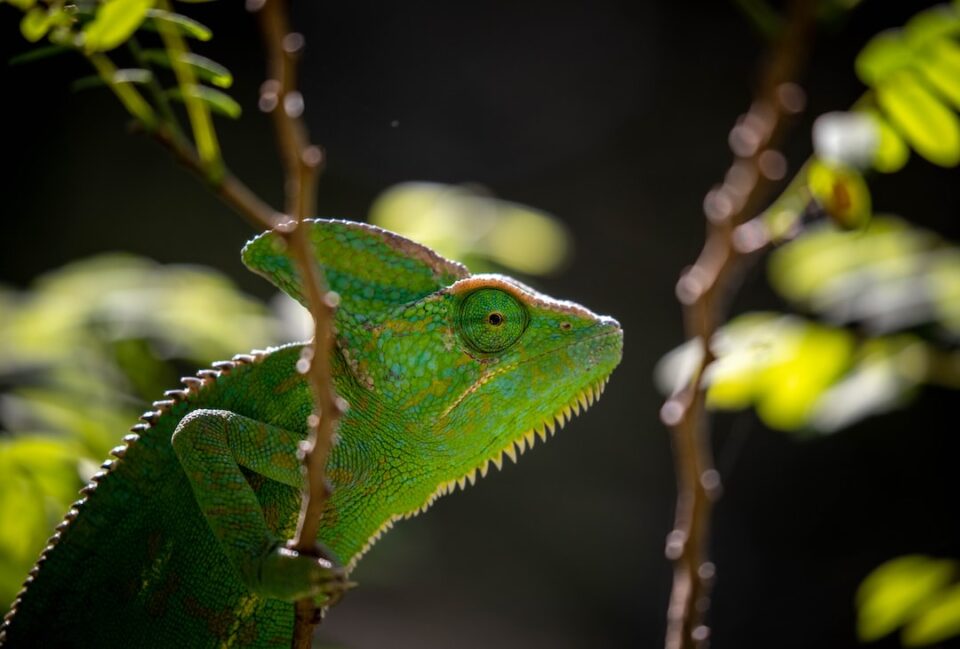The Science Behind Animal Communication: How Animals Talk
Communication is an essential component of social interaction, and humans have developed intricate means of conveying information through language. However, humans are not the only beings capable of communication. Animals also possess their own unique ways of conversing with one another. In recent years, scientists have been delving deeper into the study of animal communication to unravel the fascinating and intricate world of how animals talk.
Animal communication can take many forms, ranging from auditory signals to visual displays, and even chemical signaling. Each species has its own specific communication system that is finely tuned to serve its unique needs. By studying these signals and behaviors, scientists gain insight into the complex social dynamics and ecological relationships of different species.
One fascinating example of animal communication is bees’ waggle dance. Bees, renowned for their efficient foraging habits, possess an amazing ability to communicate the location of food sources to their fellow hive members. By performing a waggle dance, the forager bee conveys information about the distance and direction to the food source. Other bees in the hive interpret these dances and adjust their foraging patterns accordingly. This intricate dance has been the subject of detailed scientific investigation, revealing the langua a ge of bees.
Birdsong is another form of animal communication that has captured the attention of researchers for centuries. Male birds often use their melodious songs to attract mates and defend territories. These songs are unique to each species and can carry important information about the individual’s fitness and genetic quality. Scientists have discovered that birdsong is not merely learned behavior but also influenced by genetic factors. As a result, the study of birdsong can provide valuable insights into the evolutionary processes shaping animal communication.
Visual displays play a crucial role in animal communication as well. Peacocks, for instance, are known for their extravagant courtship displays. The male spreads his iridescent tail feathers, creating a mesmerizing fan of vibrant colors. This spectacle is a visual signal to the females, indicating the male’s suitability as a mate. By studying peacock displays, scientists have gained a deeper understanding of how animals use visual cues to convey important information about their fitness and reproductive capabilities.
Chemical signaling also plays a significant role in animal communication. Pheromones, for example, are chemical substances released by one individual that can influence the behavior or physiology of others of the same species. Ants use pheromones to mark trails, allowing their fellow colony members to follow a specific path to food sources. Similarly, many mammals use scent marking to establish territories and communicate with other individuals. By studying these chemical signals, scientists can unravel the intricate ways in which animals communicate through smell.
While the study of animal communication has made significant progress in recent years, many aspects remain a mystery. A key challenge is deciphering the meaning behind the different signals and behaviors exhibited by animals. While some signals are well understood, others still puzzle scientists. Additionally, the influence of context, social dynamics, and individual variation on communication remains an area of ongoing research.
The science behind animal communication offers intriguing insights into the complexity and diversity of life on Earth. By understanding how animals talk, scientists gain a deeper appreciation for the rich tapestry of interactions that shape the natural world. Furthermore, this knowledge can have real-world applications, such as improving our understanding of conservation efforts and helping humans communicate better with our animal counterparts.
In conclusion, the science behind animal communication is a captivating field that continues to unravel the secrets of how animals talk. By studying auditory signals, visual displays, chemical signals, and more, scientists gain valuable insights into the intricate ways in which animals convey information. This knowledge not only deepens our understanding of the natural world but also offers practical applications in various domains. As research progresses, we can expect to unlock even more fascinating discoveries about the vast and diverse world of animal communication.

